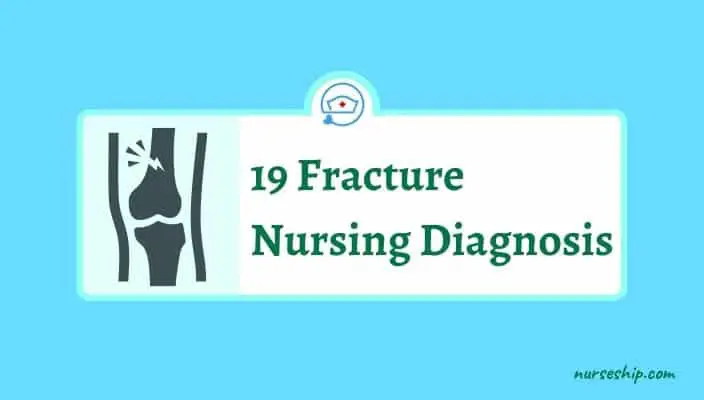This post includes 20 NANDA Nursing diagnosis for Thrombocytopenia.
Here are Thrombocytopenia Nursing Care Plan and Thrombocytopenia Study Guide.
All Thrombocytopenia nursing diagnoses are updated in alignment with the NANDA International Nursing Diagnoses: Definitions and Classification, 2024–2026 (13th Edition).
List of NANDA Nursing diagnosis for Thrombocytopenia
1. Risk for excessive bleeding
- Related to: Decreased platelet count, impaired clotting mechanisms.
2. Acute Pain
- Related to: Bleeding into joints or soft tissues (e.g., hematomas).
3. Impaired Skin Integrity or Risk for Impaired Skin Integrity
- Related to: Petechiae, purpura, and ecchymosis from low platelet count.
4. Risk for Infection
- Related to: Potential immunosuppressive treatments (e.g., corticosteroids) or underlying conditions (e.g., leukemia).
5. Inadequate health knowledge (Old ND: Deficient Knowledge)
- Related to: Lack of understanding about thrombocytopenia, its causes, management, and preventive measures
6. Excessive fatigue burden (Old ND Fatigue)
- Related to: Anemia secondary to chronic or acute blood loss.
7. Impaired oral mucous membrane integrity or Risk for impaired oral mucous membrane integrity
- Related to: Gingival bleeding or dry mouth from medications.
See Also: Thrombocytopenia Nursing Care Plan
8. Impaired skin integrity or Risk for impaired skin integrity
- Related to: Easy bruising, petechiae, and potential pressure injuries
9. Impaired tissue integrity or Risk for impaired tissue integrity
- Related to: Frequent bleeding episodes or invasive procedures (e.g., IV lines, blood draws).
10. Risk for inadequate nutritional intake (Old ND Imbalanced nutrition: less than body requirements)
- Related to: Anorexia, fatigue, or bleeding in the gastrointestinal tract.
11. Decreased activity tolerance or Risk for decreased activity tolerance (Old ND Activity intolerance)
- Related to: Fatigue, weakness, or anemia.
12. Risk for impaired intestinal elimination (Old ND Risk for Constipation)
- Related to: Side effects of medications (e.g., opioids for pain management).
13. Excessive fear (Old ND Fear)
- Related to: uncertain prognosis and complications
14. Disrupted body image (Old ND Disturbed Body Image)
- Related to: Visible bruising, petechiae, or purpura.
See Also: Thrombocytopenia: A Comprehensive Guide for Nursing Students
15. Maladaptive coping (Old ND Ineffective Coping)
- Related to: the stress and anxiety associated with chronic illness and the risk of bleeding complications.
16. Risk for impaired resilience (Old ND Risk for Powerlessness)
- Related to: Chronic illness, frequent hospitalizations, or lack of control over the condition.
17. Risk for excessive sedentary behaviors
- Related to: Fear of bleeding or injury leading to avoidance of physical activity. Or Fatigue secondary to anemia or chronic illness. Or Inadequate knowledge about safe physical activity levels for thrombocytopenia. Or Inadequate motivation due to depression or anxiety about the condition.
18. Impaired Physical Mobility Or Risk for impaired physical mobility
- Related to: pain or fear of injury due to low platelet count.
19. Inadequate social connectedness (Old ND Social Isolation)
- Related to: activity restrictions and fear of injury/bleeding
20. Excessive anxiety (Old ND Anxiety)
- Related to: Fear of bleeding, uncertainty about prognosis, or invasive treatments.
Conclusion
In summary, these 20 NANDA nursing diagnoses for thrombocytopenia serve as a valuable resource for developing patient-centered nursing care plans. Click here to review thrombocytopenia.




